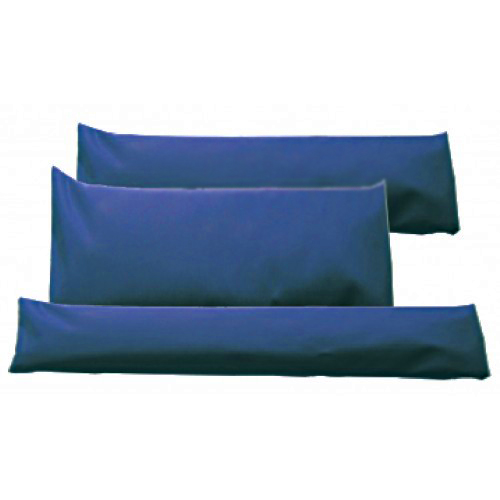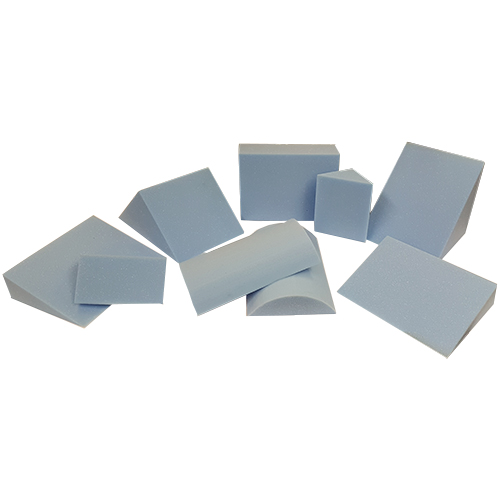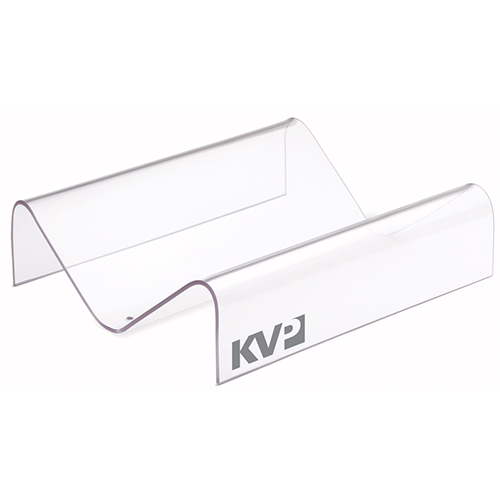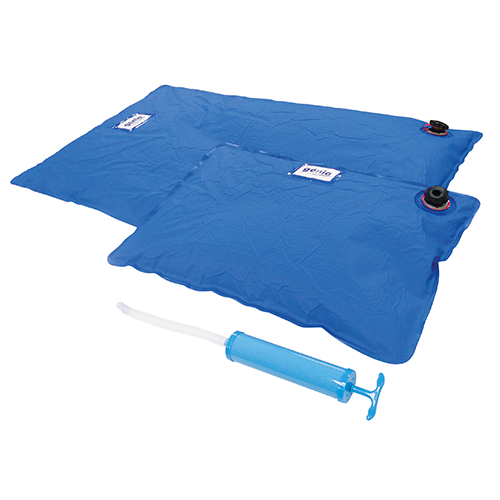Digital imaging has simplified radiographic procedures with the process of working out the correct KV for your deep-chested dog, and your x-ray machines little quirks are becoming a thing of the past—however, the need for right positing remains as crucial as ever. Correct diagnosis relies on clear images, and thankfully vet nurses are extensively taught this as part of their training record requirements and examined during their OSCES.
Initial considerations must include our own safety as well as the patient's comfort and safety. When using positing aids, don't forget padding and warmth for your patient too. It makes it more pleasant for them, as well as safer.
Always follow Ionising Radiation Regulations 2017 (IRR17) for your own safety.
Common positions required include those in vet nursing exams and for work-based assessment:
- Thorax
- Abdomen
- Limbs and extremities/Distal and proximal joints
- Spinal views
- Some common soft tissue views
- Skull including nasal
There are a few views that you cannot take without some form of supportive equipment.
The rules for producing a good quality image for diagnosis include:
- keeping the patient parallel to the cassette
- stoping rotation or sagging of the body
- having the area of interest closet to the cassette
- using a cassette large enough to allow collimation to the specific area
- keeping the patient warm and comfortable
Once your patient is on the cassette and positioned for the area of interest, you then need to consider the issues of rotation/sagging and keeping the patient parallel to the cassette, especially for limb views.
This can be achieved through the prudent use of positioning aids - not just throwing on as many sandbags and wedges you can fit on the table!
The most commonly used aids are
- sandbags
- troughs
- foam wedges
- ties
When it comes to foam wedges it's a good idea to cover these in a heavy-duty plastic such as a crematorium bag, thus enabling them to be sanitised between patients. It is important to check them regularly that there hasn't been any leakage and replace the covering when damaged. It is also worth considering having a separate set of positioning aids solely for theatre use to prevent cross-contamination.
When to use positioning aids
As mentioned before, these are to:
- stop rotation
- stop sagging
- keep alignment
Remember, less is more and be gentle and check the patient's position by standing away from the patient from 2 angles - on top and from the side.
In particular with DV thorax and abdomen if the patent won't sit straight use sandbags to prop up at the elbow and hip ad try to avoid placing foam wedges under the thorax. These can easily lift the patient away from the cassette and distort the image.
Like many nursing skills, positioning for x-rays takes time and practice.
Product Highlights
Useful links












